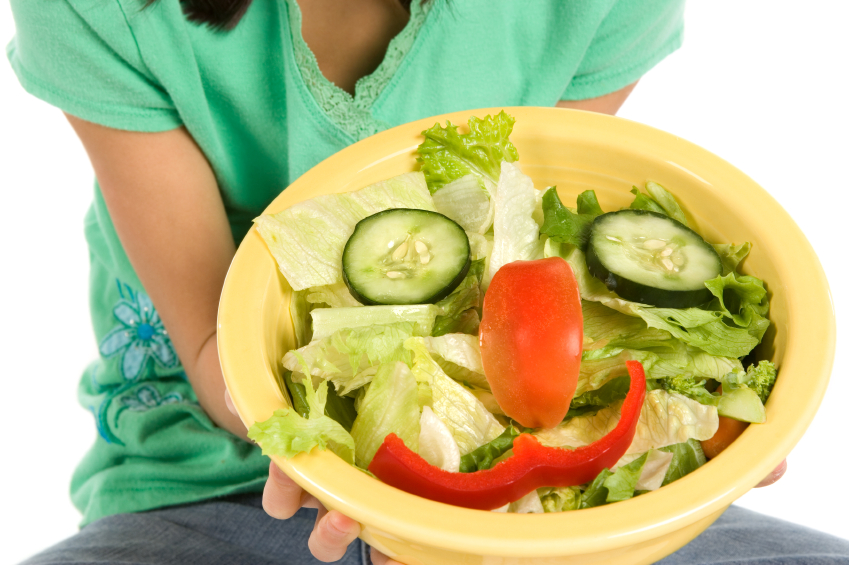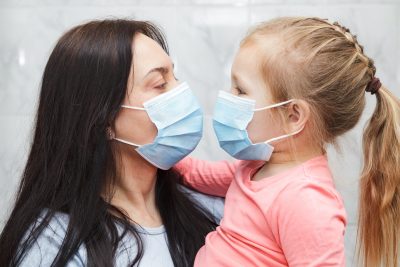Summertime for kids means fun activities! The weather is nicer and more kids are spending time playing outdoors and cooling off in the water. But, unfortunately, that means that we also see more water injuries and even drownings. Data shows that over the last year drowning related injuries and deaths have been on the rise. For every child who dies from drowning, another five receive care in the Emergency Department for nonfatal injuries related to submersion. Children ages 1 to 4 years have the highest drowning rates, and unfortunately, more than half of deaths of children under the age of five happen when they were NOT expected to be swimming. And, a lot of people don’t realize that bathtubs, toilets, buckets, ponds, pools, oceans, streams, rivers, lakes, and ANY other body of water greater than one inch deep are potential drowning risks and can pose a threat to children.
The scariest part about drowning is that it happens quickly and quietly. In fact, most children who drown are out of sight for less than five minutes. Depending on the water temperature, the entire process can take as little as a few minutes, sometimes even seconds. Prevention and supervision are key, and that means in multiple ways and multiple layers.
Let’s dispel some common drowning myths to prepare for a safe summer.
MYTH #1 “I should worry about dry drowning!”
Dry drowning continues to be a hot topic, and there is a lot of misinformation circulating about it. First, it’s important to know that “dry drowning” is not an approved medical term. Often it’s used to refer to delayed symptoms experienced after submersion in water. It does NOT mean that your child can “drown” on dry land. The good news is when it comes to submersion events or injuries from being underwater, there are always warning signs. Children who have submersion events either get better or worse within a few hours after the event. Things to look for include cough, difficulty or rapid breathing, excessive sleepiness, wheezing, changes in behavior and/or vomiting. Any time you’re concerned about your child and think they could have any of these signs or symptoms, please seek medical care.
MYTH #2 “My child is safe because he or she is wearing floaties!”
Unfortunately, I do not recommend using any air-filled swimming aids (puddle jumpers, water wings, etc.) in place of life jackets. They are not designed to keep swimmers safe, meaning they do not ensure that a child’s head is always kept above water. The wings can easily come off, especially if there is no attached chest piece, and they can deflate or pop, leaving your child without any support. They can also give children and caregivers a false sense of security while in water. Lastly, if your child rolls onto his or her stomach, they can actually prevent them from turning back over, causing more distress than safety. Life jackets are a must. Children should wear Coast Guard approved life jackets, at all times, when on boats, docks, or near bodies of water. The device should fit properly (not too loose) and should be properly strapped and belted.
For younger children, I recommend designating a responsible adult who is not distracted or under the influence of drugs or alcohol as the “water guardian.” I encourage you to read more about Levi’s Legacy, a nonprofit organization that is endorsed by the American Lifeguard Association. It was created to spread awareness about drowning after a family lost their 3-year-old when he slipped out of a room full of adults and fell into a pool on a family vacation. Their friends, including six physicians, tried to save him before he was airlifted to a local Children’s Hospital, but he unfortunately never regained consciousness. The family has created personalized water “tags” in his honor that caregivers can wear to designate a specific “water guardian” at all times.
MYTH #3 “I have safety measures in place like fences and pool alarms, so my child is safe!”
Having a four-sided fence that is at least four feet high around a pool is essential. The fence should have a self-latching, self-closing gate to ensure that it says closed and that toddlers and young children cannot open it themselves. There should be no openings or protrusions that a young child could use to climb over or under the fence.
Having multi-layer physical barriers and close supervision by a responsible adult is the best strategy to keeping your children safe. While pool alarms, door alarms, and other pool covers are additional layers of protection, they cannot take the place of a fence and direct adult supervision. NOTHING is safer than direct supervision of children by CPR-trained adults in any type of water.
The term “touch supervision” is important to remember. Because distractions can happen, it’s important to keep young children within your range around any type of water. With infants, toddlers, and young children, an adult should always be within an arm’s length. Consider hiring a lifeguard trained in CPR for larger gatherings, or if multiple kids are together. However, always remember that lifeguards are only one layer of protection and multiple layers are always needed.
MYTH #4 “My child took swim lessons, so he/she is safe in the pool!”
Research has shown that swim lessons are beneficial for children. Everyone needs to know how to survive in the water, and basic swim skills are important. Children should know how to float, control their breathing, not panic and swim a distance. However, swimming lessons do not replace adequate water safety. Even the best swim lessons cannot “drown-proof” a child. We recommend that parents take steps to make a children’s environment safer and not just rely on swim lessons.
Drowning is a cause of a significant number of deaths every year and it is completely preventable! Please follow these safety measures to keep our children safe this swim season.






Comments